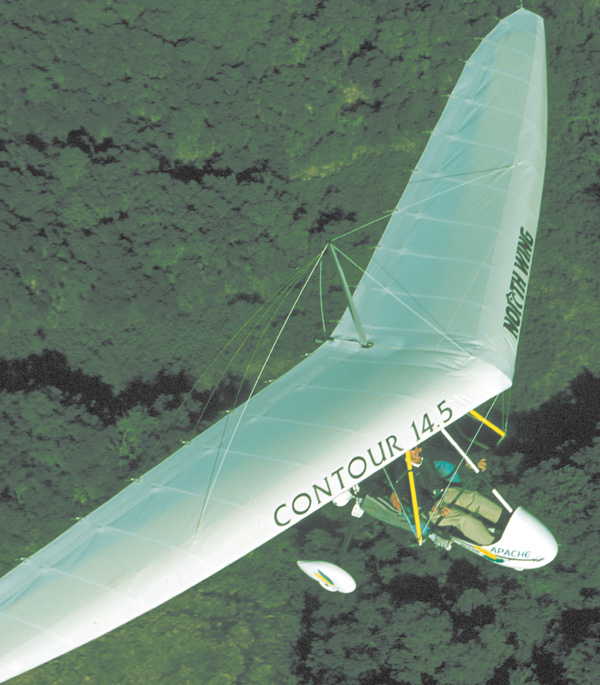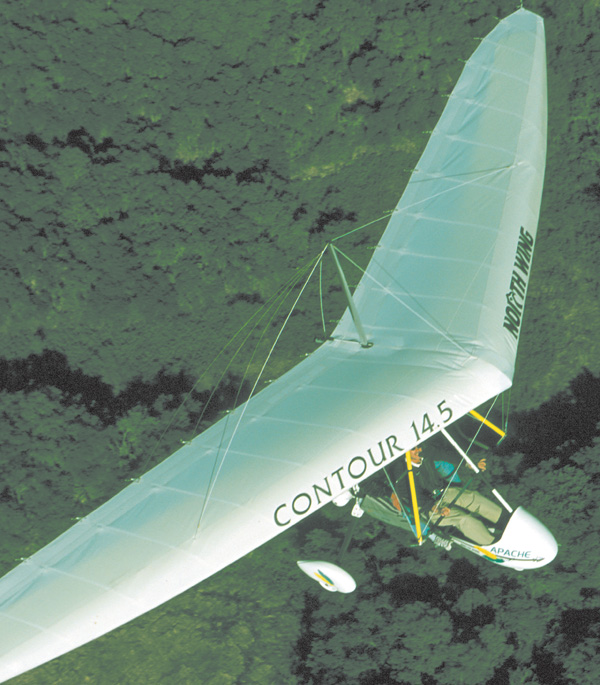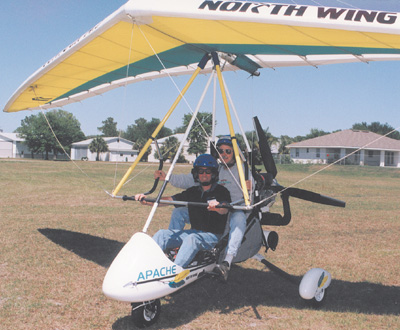
North Wing Design has a history that stretches back into the mid-1980s when 23-year-old owner Kamron Blevins started making hang glider wings. After gaining experience with other companies and dabbling with his own ideas along the way, Blevins started North Wing Design in 1996 to provide trike wings. His timing was good. After years of work to encourage Americans to consider trikes, various suppliers – many from Europe – were pleased to see their efforts pay off. Trike numbers began to increase about the time North Wing Design got into business. At first, Blevin’s new company created specially built trike wings for several chassis suppliers and the enterprise grew. With increasing sales of wings to others and with a rising tide of trike interest lifting all manufacturers, North Wing Design decided to go all the way. Their first full trike ultralight offering in 1999 was the Maverick, a slick single-seater that met FAR Part 103 parameters with a Rotax 447 (see “Pilot’s Report: North Wing Design’s Maverick Trike,” September 1999 Ultralight Flying!













